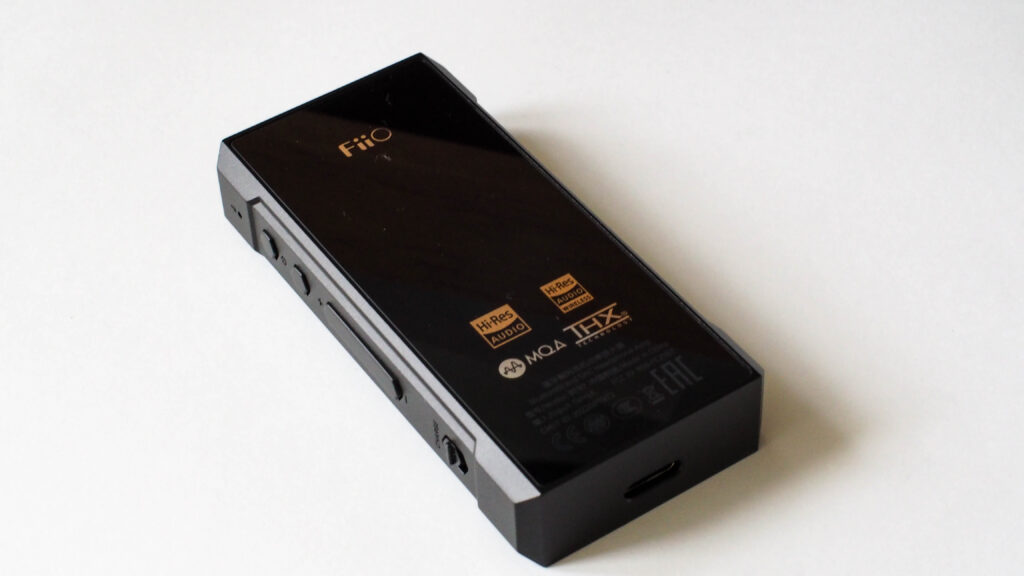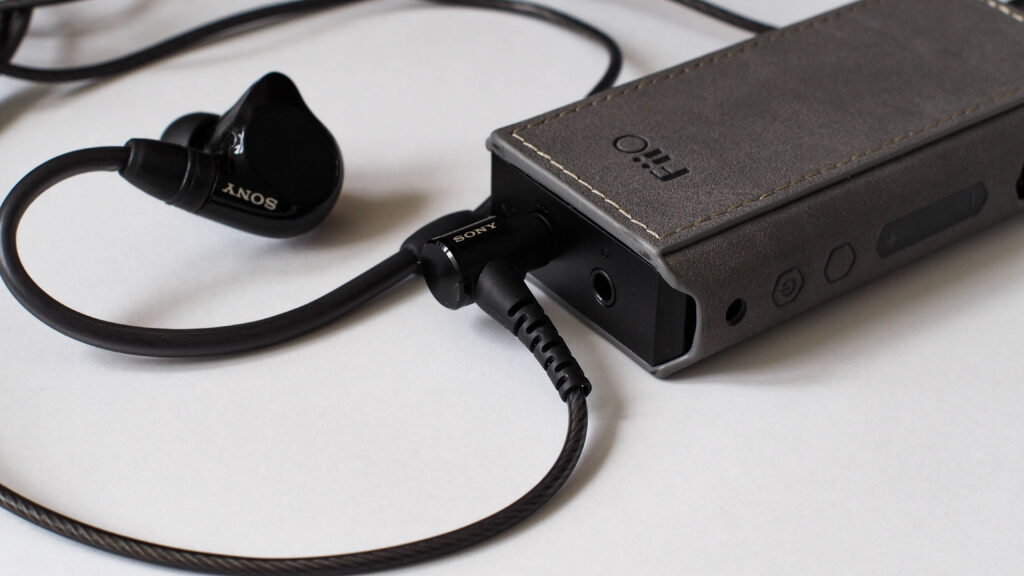Pros: Sounds Great, Soundstage, Powerful, 4.4mm Balanced, Convenient, Great Value for functionality
Cons: Size, Wireless still a compromise in sound from wired
Specifications
DAC: 2x ESS9219C
Amp: 2x THX AA-28
Qualcomm QCC5124 Bluetooth chip (Bluetooth 5.1)
Supported Codecs: LDAC/aptX HD/aptX Adaptive and AAC/SBC
Outputs: 3.5mm (Single-ended) + 4.4mm (Balanced)
Charging: Wired (Type C) and Wireless
Battery Life: 7-9 hours (Reported)
Price: 199 USD
Intro

Disclaimer: The Fiio BTR7 was bought at full price with my own money and this review is written of my own accord and all thoughts here are my own. It is available for purchase here should you find yourself interested in one or feel free to use your own links.
Fiio attempts to one-up their highly successful portable Bluetooth DAC/Amp, the BTR5 with the BTR7. I’ll just be doing a short impressions review based on my use case of the Fiio BTR7.
Build Quality
Fiio didn’t scrimp on the materials when designing the BTR7. It features an aluminium chassis with a glass back. The design overall gives off a really premium vibe. The device itself is relatively small and would fit into almost any pocket or pouch, although significantly larger than your average dongle. One downside is that the device is relatively thick and might not fit everyone’s use case. However, with the number of things that Fiio has packed under the hood, consider me impressed.
The only thing that I wished could be improved is the screen. The display doesn’t seem to be well utilised and isn’t the best I’ve seen.
Functionality
The Fiio BTR7 pairs to my devices pretty seamlessly
Sound Impressions
Wired vs Wireless
There is an audible distinction between Wired and Wireless modes, with wired performing better than expected. There is a very noticeable bump in clarity and crispness of the bass when in Wired mode. The extensions of the highs and detail retrieval are also improved. This is probably due to the nature of Bluetooth audio and shouldn’t come as a surprise.
AAC vs LDAC
Pairing with Sony IER-M7

The BTR7 aims for a more fun and lively presentation of music. This synergizes well with the IER-M7’s warm-neutral tuning for a very non-fatiguing yet engaging listening experience. The BTR7 adds width and dimension to the sound as well, giving a greater perceived soundstage which I really love. This combination feels extremely versatile across various genres but if I had to pick my favourites, they would be classical, acoustic, instrumental, and pop.
Pairing with 7Hz Timeless

The Timeless is known to be a very resolving earphone, and somehow it works really well with the BTR7. The BTR7 seems to take the edge off the Timeless and once again I find myself getting a very non-fatiguing experience. The Timeless is a source-dependent earphone and the BTR7 does a good job of providing it with the juice it needs to shine. The bass and mids are authoritative. The biggest gripe here is that the usually crisp bass is noticeably muddier when on bluetooth connection.
Conclusion
The BTR7 has surprisingly earned itself a spot in my daily carry. In terms of convenience, it remains a step behind my Samsung Galaxy Buds 2, but there are days that I have a longer commute or pockets of time to myself outside where I want to have a better listening session and the BTR7 saves the day.
I never expected the BTR7 to fulfil such a niche need so well, and it’s an enjoyable piece of gear. It has a decent battery life that lasts about 2-3 days before a charge and has sufficient power to power my gear. The THX amps do well in powering high-impedance headphones, making the BTR7 ready for more to be thrown at it so I’m sure it would meet the needs and demands of many of you out there, who would want to be able to enjoy a greater variety of gear outside, without having to lug cumbersome gear around.
Overall, the BTR7, as the first of its kind, can feel like a diamond in the rough at times, but it really is only the beginning and I look forward to more brands, including Fiio to improve on devices in this class.
